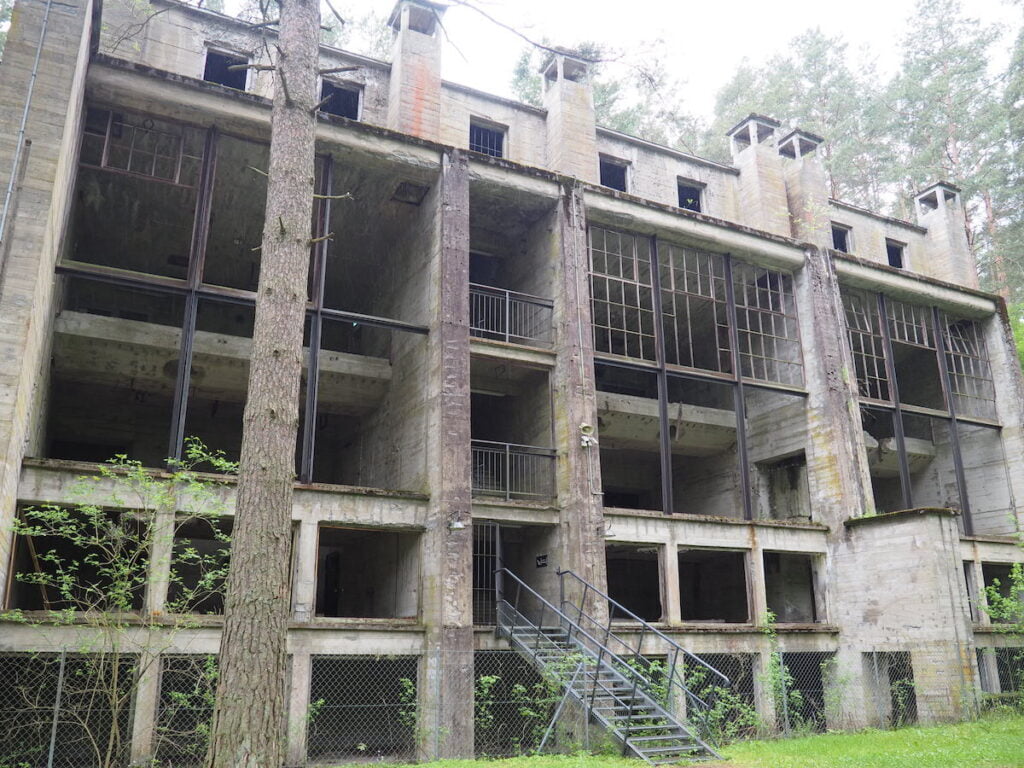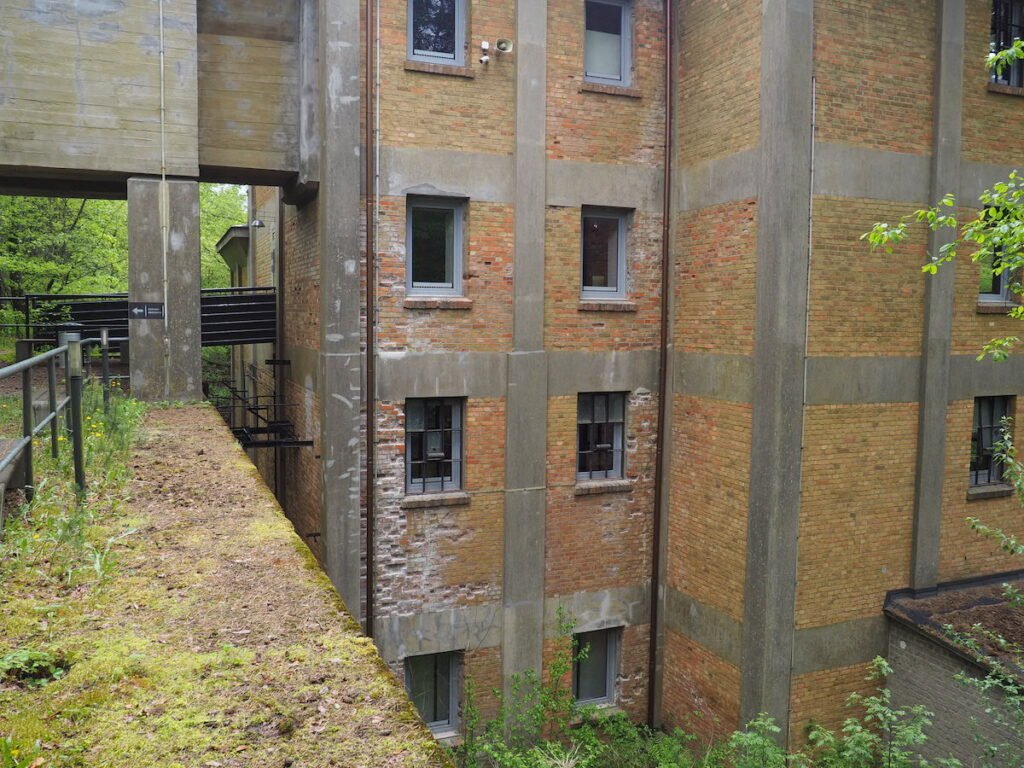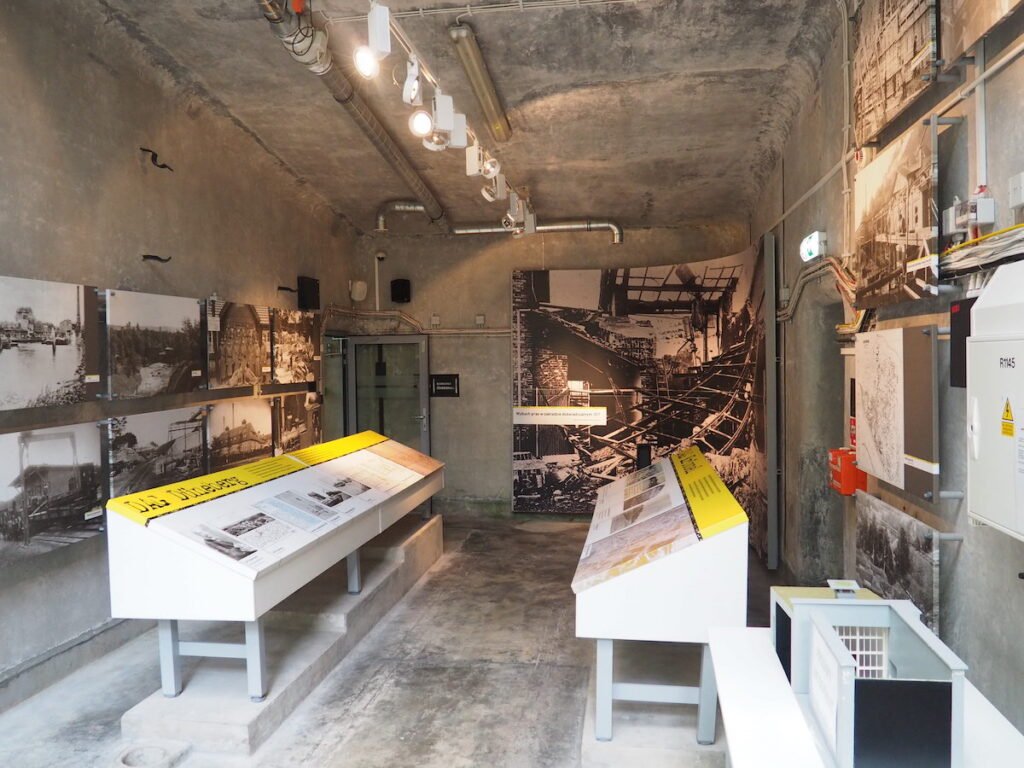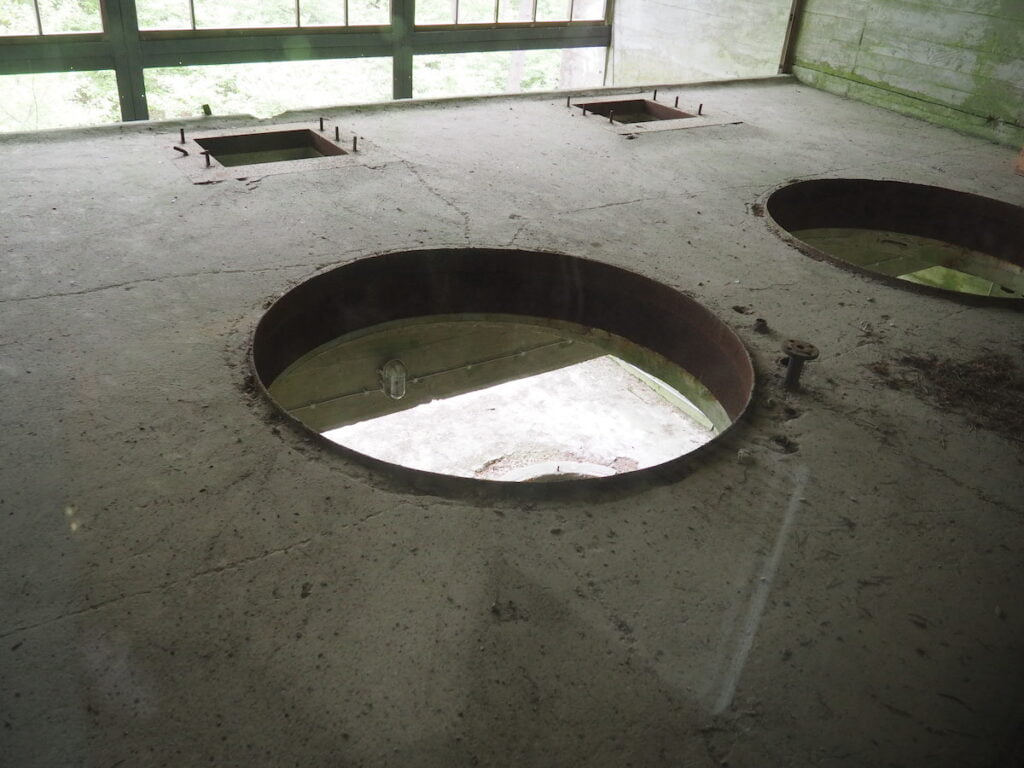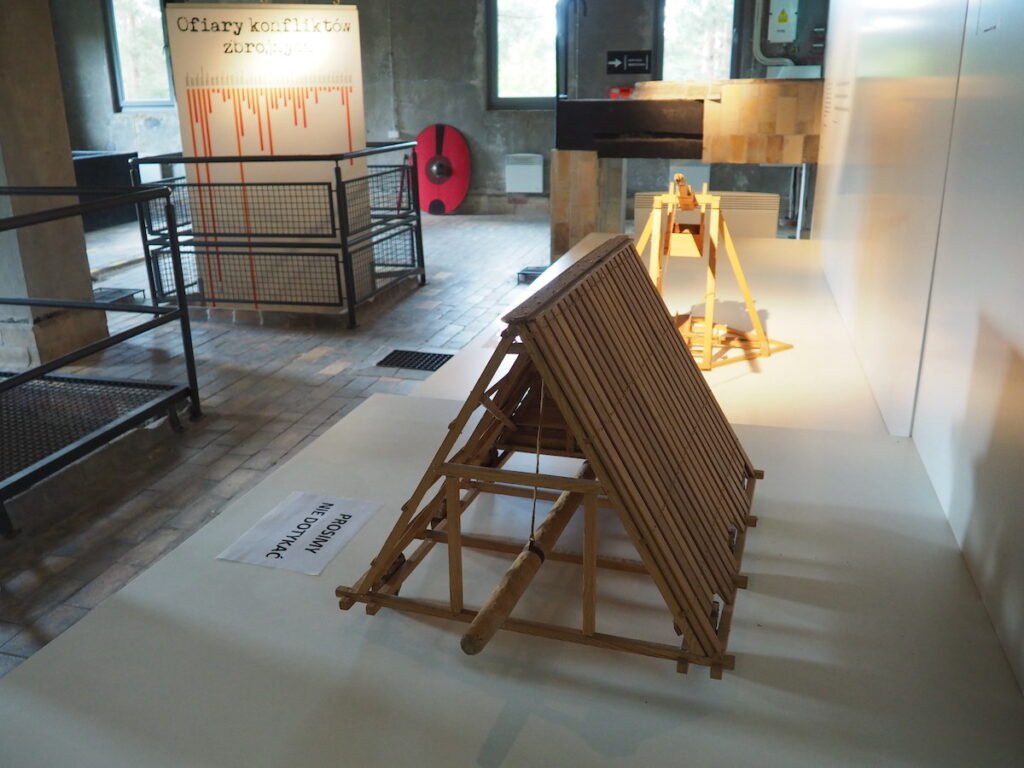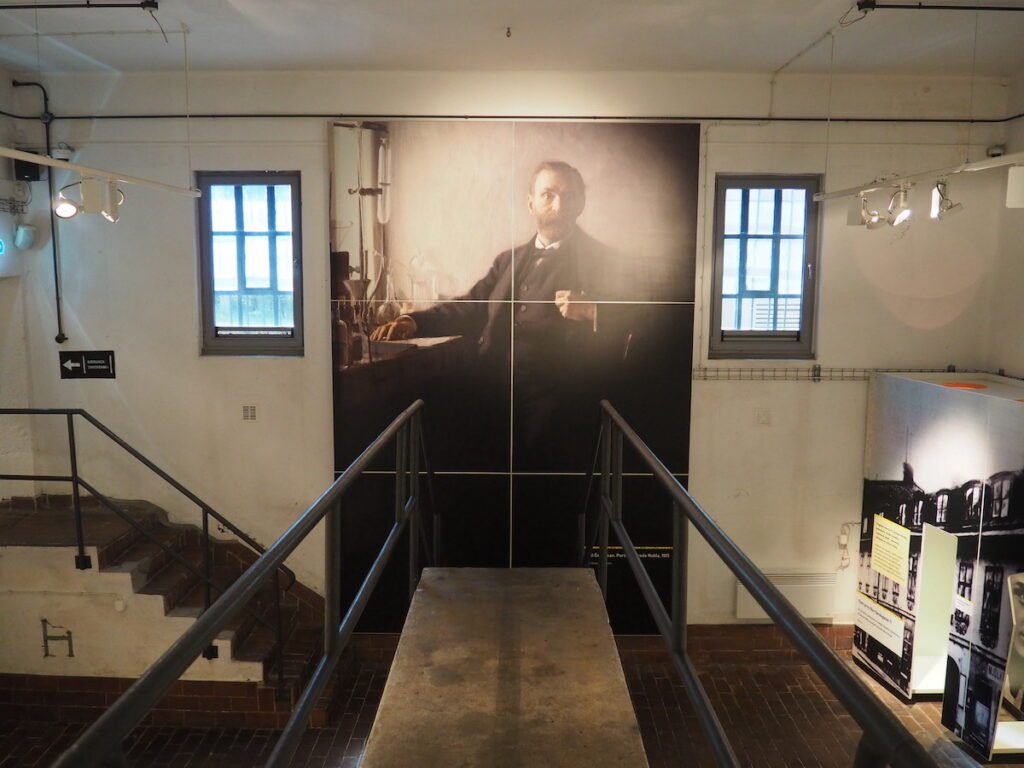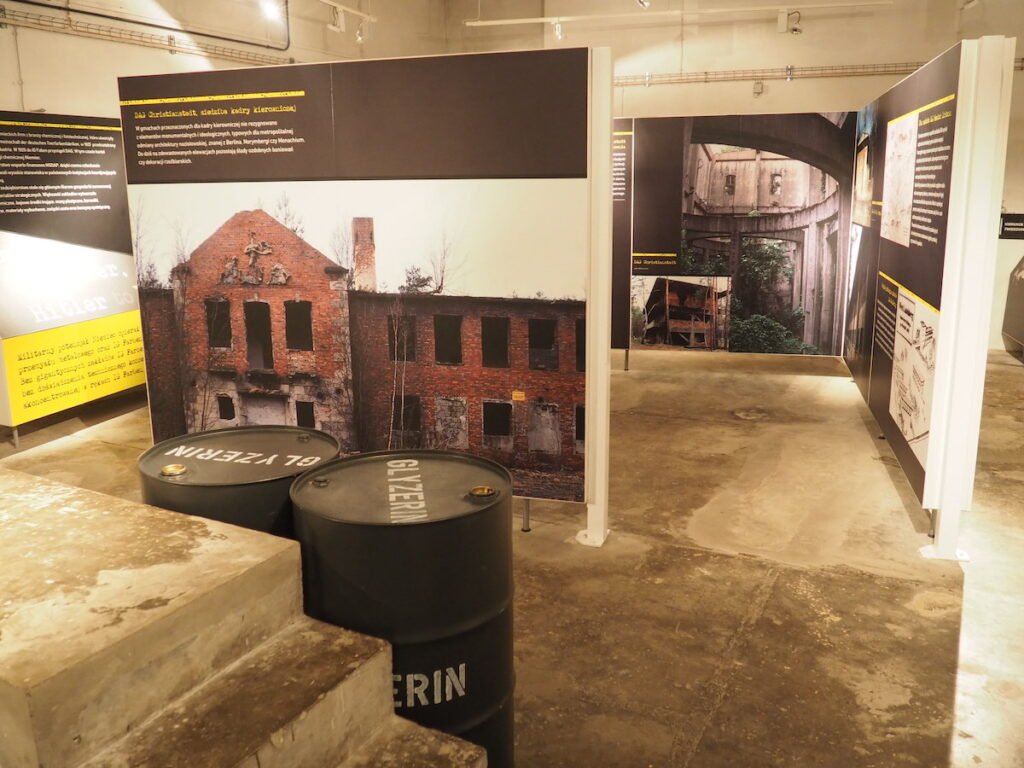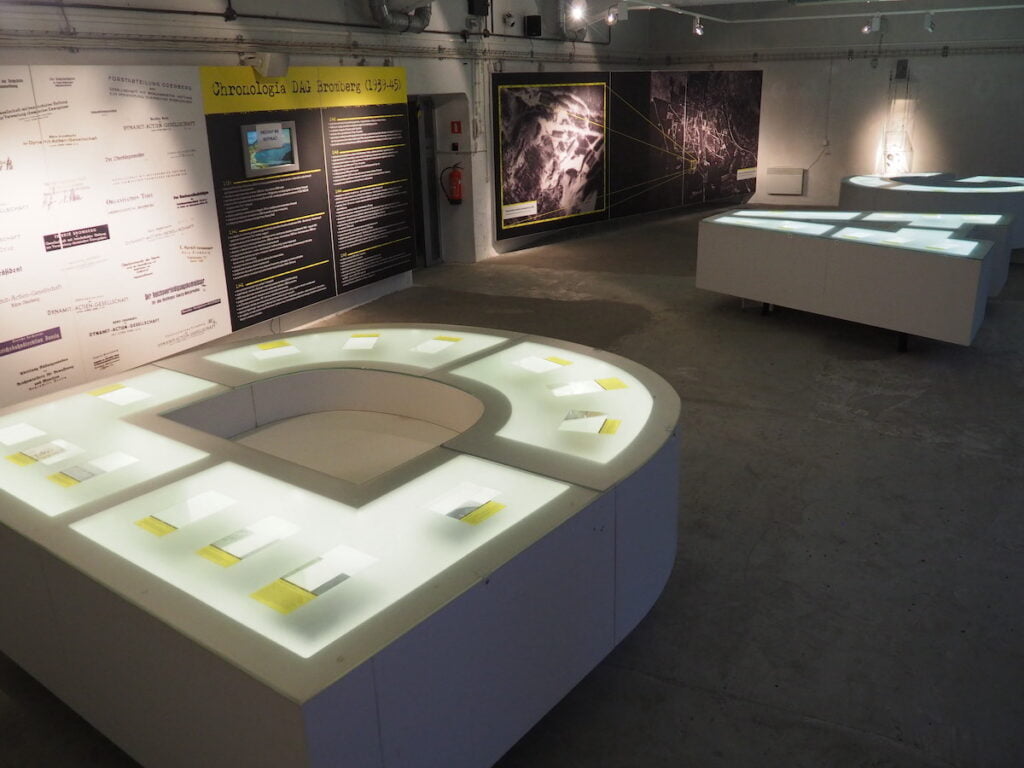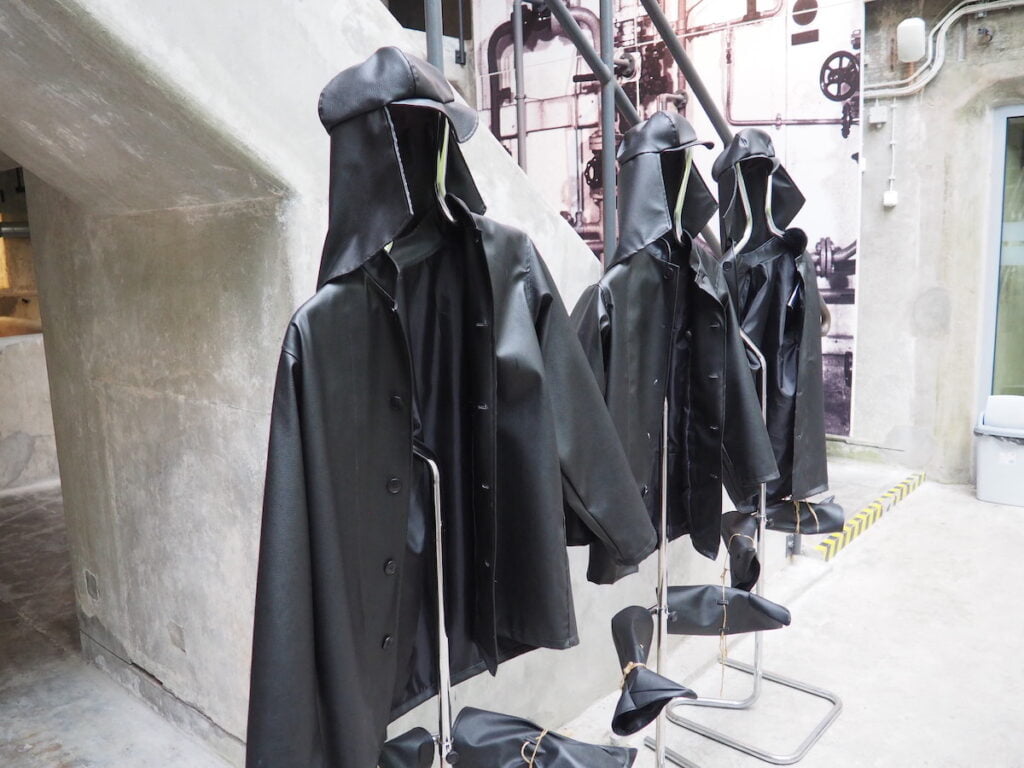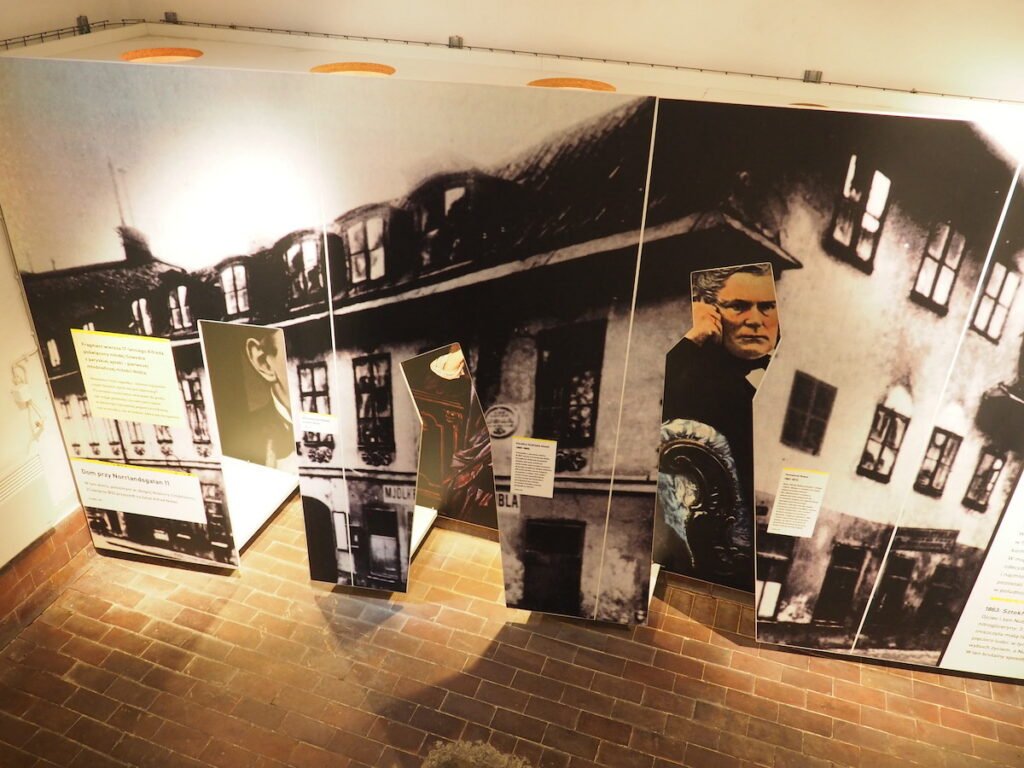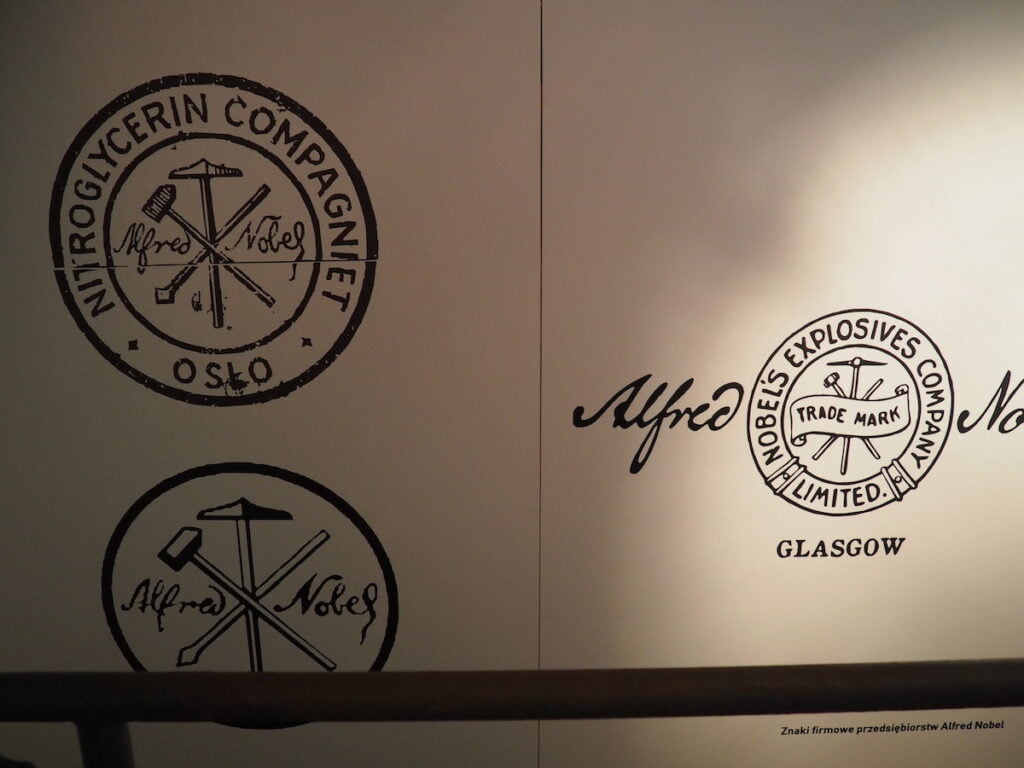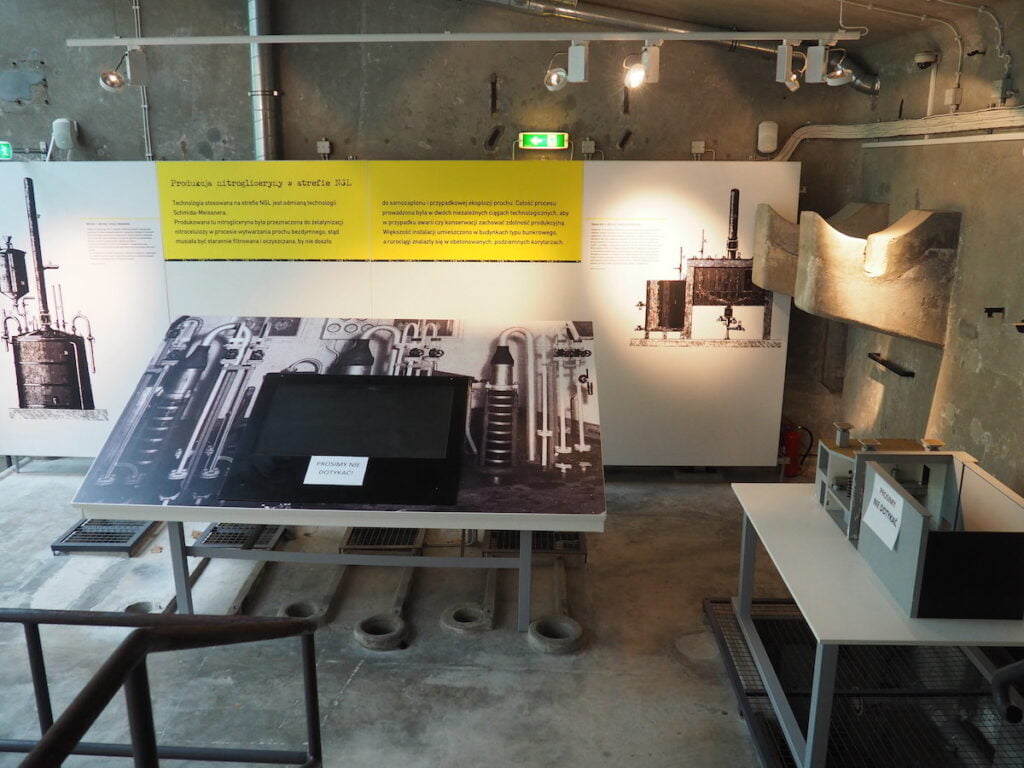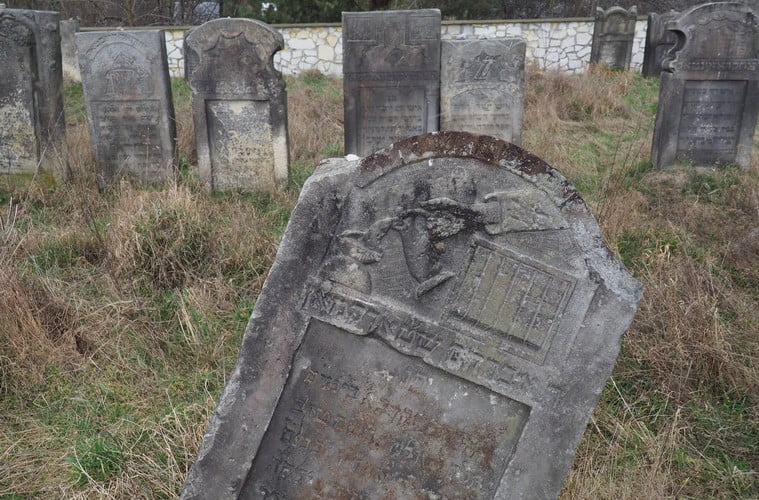Share This Article
So far I have not had too many associations with Bydgoszcz. During a short stay in this city, I was pleasantly surprised by its atmosphere and interesting places. Exploseum was one of them! I invite you to read the article from a visit to this former Nazi factory of explosives.
Exploseum is a local branch of the District Museum. Leon Wyczółkowski in Bydgoszcz.
Lokalizacja
Despite the fact that the Exploseum is located within the borders of Bydgoszcz, a nine-kilometre drive is waiting for you from Market Square. The museum is located in the vicinity of the Bydgoszcz Industrial and Technological Park and the Bydgoszcz Forest. Exploseum is located at ul. Alfred Nobel and the access to the last section is well signposted.
At the entrance to the exhibition there is a parking lot where you can leave your car.
Tickets to Exploseum
Tickets to the Exploseum cost PLN 15 (normal) and PLN 12 (reduced). If you are going with the whole family (5 people, including 2 adults), you can buy a family ticket for PLN 40. It’s worth knowing that admission to the Explosionum is free on Thursdays.
Opening hours
The Exploseum is open all week except Mondays from 10.00-18.00. If you need a guided tour, please inform us before arrival.
History of DAG factory
Today, 8 objects are open to the public, out of … over 1000 that was once located in this area. In its heyday, the plants covered an area of more than 23 square kilometres. The plant in Bydgoszcz was established during the Second World War, and its production was focused on gunpowder and filling the ammunition. The factory belonged to the Dynamit-Aktien Gesellschaft (DAG) company. This company, however, had a much longer history. Its founder was Alfred Nobel. The company eventually became the largest producer of explosives in Germany.
By 1944, over 1,000 buildings, 400 km of roads, and 40 km of railroads were built. The head of the facility is chemist Adolf Kämpf.
One of the assumptions in the construction of the complex was to minimize the risk and effects of possible explosions, therefore the individual production stages were located in separate buildings connected with each other by tunnels. Buildings were not placed in series, and the doors of adjacent objects were never facing each other – such successive safeguards against production interruptions. The entire factory was to be invisible to enemy planes, so most of the construction elements were painted in khaki colour, and the roofs of production buildings were planted with moss and plants. Apparently, in 1944, a model of the plant was built from wooden boards, which was placed 2 kilometres from the DAG factory. It was supposed to confuse the reconnaissance planes.
At the time of maximum production, the plants employed about 30-40 thousand people. The increasing demand for labour meant that prisoners of war and forced labourers were brought to work at DAG Bromberg. At the end of 1944, the company had 18 camps with residential barracks.
The factory was engaged in conspiratorial and subversive activities. The plant employees obtained a significant amount of intelligence and conducted sabotage activities.
Production at the DAG factory continued until the liberation of the city. The decision to evacuate the factory was made a few days before the Red Army entered. Its task was to transport all technical equipment to the USSR, and it was ordered by the War Trophy Commission.
Exploring Exploseum
As planned, visiting the Exploseum takes about 2 hours. It all depends on how deeply we delve into the narrative of the exhibition. I was with Zuzia, who is 7 years old and not all the elements interested her, so we went faster.
The tour begins in the Production Preparation Building and ends in the rolling building and warehouses. If you came by car, and I think that most of them will choose such a means of transport, you will have to walk back to the park, which will take several minutes (about 1 kilometre). great emphasis is placed on the prohibition of going off the designated routes.
Objects on the route:
- Production preparation building
- Production preparation building
- Glycerin nitration building
- Acid denitration building
- Acid flushing building
- Nitroglycerin stabilization building
- Gelatinization building
- Rolling building and warehouses
While visiting the Exploseum, I did not have time to thoroughly analyze the object and I did not know what awaited me. There were ideas in my head that they would be post-industrial interiors or some bunkers. How was it really? Well, our entire route runs between eight buildings. Most of us are underground, but we also have to come to the surface a few times. The corridors are not very spacious, but with my height of 1.9 meters, I didn’t have to bend down almost anywhere.
There are various exhibitions in individual buildings along the route. Of course, you will find there a part about the history of the plants, about armed conflicts in the world, various types of weapons, forced labour, and finally the profiles of people who worked in the plant, and about the “liberation” of the factory by the Red Army. A separate place is devoted to the figure of the founder of DAG – Alfred Nobel. The exhibitions are rich in photos and texts, and the whole is completed with multimedia.

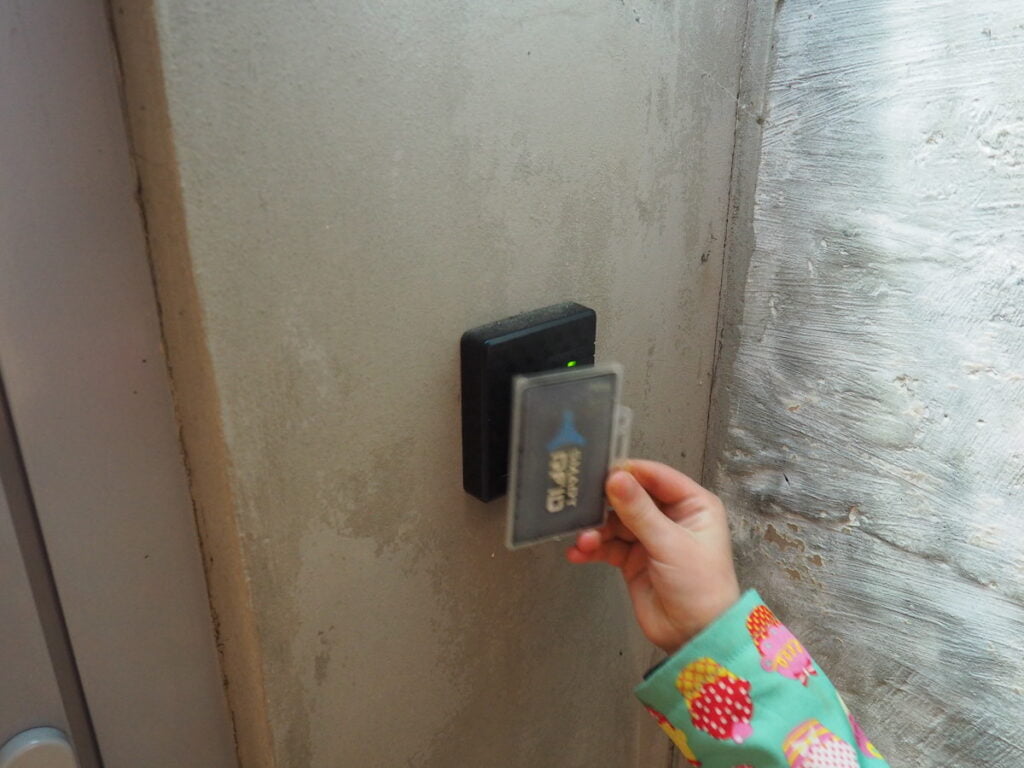
Worth a visit?
Exploseum is a place you should visit! I am very glad that at the last moment I remembered that such an institution exists. Mysterious, post-industrial landscapes, a walk among the ruins, interesting multimedia exhibitions are only some of the arguments for a visit.
If you are in Bydgoszcz or its vicinity, plan a visit, this place is definitely unusual!
